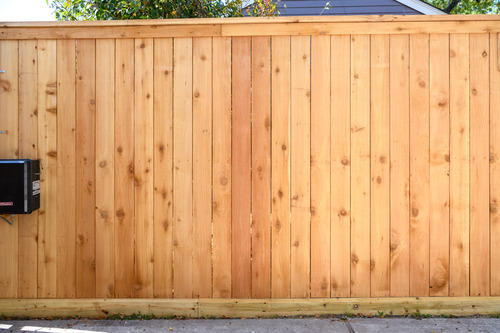Fences are a great way to create some much-needed privacy and security around your home or business, but it’s important to know what goes into creating the perfect fence. This blog post will break down the components of a fence and help you understand which pieces are essential for constructing a successful barrier around your property. From posts and panels to gates, latches, hinges, screws, and more – we’ll cover all the basics you need to make sure your fencing project is completed with accuracy and efficiency!
What Are The Parts Of A Fence?
A fence is composed of several different components, each of which play an important role in the overall structure of the fence. The most basic part of a fence is the posts. These are typically made from wood, metal, or concrete and provide a strong foundation for the entire structure. They will be buried into the ground and spaced out evenly so they can support the other components of the fence. Posts also act as anchors for connecting wire mesh or panels to complete the fence’s perimeter.
The next part of a fence is usually some type of material for making up the wall or barrier that makes up the majority of a typical fence. This could be wooden boards, railings, chain-link mesh, trellises, brushwood panels, or any number of different materials depending on what kind of look you’re trying to achieve. The size and shape of these components will vary depending on how high you want your fence to be and whether you need more privacy or not.
In addition to posts and wall materials, many fences also have gates that allow access through them when needed. Gates come in many sizes and styles as well and can be made from various materials such as wood, steel or aluminum alloy. The gate itself will usually have hardware such as hinges and locks attached to it so that it can open and close securely when required.
Finally, decorative elements such as lattice work or spires may also be added on top of a completed fence in order to give it an extra bit of aesthetic appeal or flair. Depending on your preferences this could range from simple designs like diamonds adorning picket fences to more elaborate patterns like bird cages along wrought iron fences. Whatever design you choose will really depend on your tastes and preferences but whatever option you choose should serve to further enhance your overall fencing experience.
Below, we break down the parts of a fence, depending on the type of fence you’re installing.
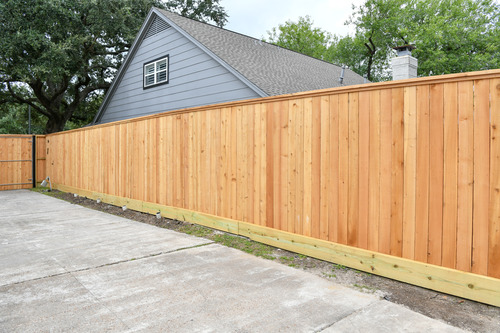
Parts Of A Wood Post Fence
A wood post fence is a type of fencing that typically consists of wooden posts, rails, and pickets. The posts are the vertical structures that form the backbone of the fence, providing support for the entire structure. They come in different sizes depending on what is being fenced, ranging from 4x4s to 6x6s. The rails are horizontal boards attached to the posts and serve as both a physical barrier and an aesthetically pleasing touch. They can be made from a variety of materials such as cedar, redwood, and treated pine.
Finally, the pickets are thin slats that attach to the rails to create a solid barrier between two properties or areas. Depending on the size and shape of your posts, pickets can range from 2-5 inches wide and up to 8 feet tall. Different types of pickets also have different levels of privacy provided; for instance, round top style pickets provide more visibility than dog ear or flat top styles. Additionally, there are various finishes available in order to suit any decor or personal style preference.
In addition to its visual appeal, a wood post fence also provides added security for any property it surrounds by serving as both a physical barrier against intruders and an extra deterrent when combined with other security measures such as motion detectors or lighting fixtures. Furthermore, these fences require less upkeep compared to chain link fences or vinyl fencing due to their natural resistance against decay and rot caused by weathering elements such as rain or snowfall. With pressure-treated wood posts and properly maintained rails and pickets every few years, these fences can last for decades with minimal maintenance required.
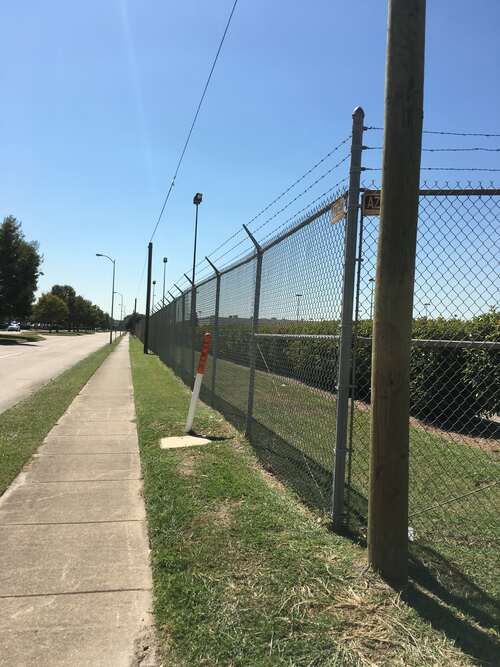
Parts Of A Chain Link Fence
A chain link fence is made up of many different components that all work together to create a secure and reliable barrier. The most common parts of a chain link fence are the posts, rails, fabric, and hardware. Posts are usually made from metal or wood and are used to secure the fence in place. Rails are then attached to these posts and form the top and bottom part of the fence. The fabric is what creates the actual fencing barrier and it is typically made from galvanized steel wire woven into a diamond pattern. Depending on the type of chain link fence desired, additional hardware may be added such as post caps, tension bands, rail ties, tension bars, brace bands, corner posts or terminal posts. Post caps protect the tops of wooden posts from moisture damage while tension bands hold the wire mesh securely to the post. Rail ties keep the horizontal rails in place while tension bars attach the wires along each line post. Brace bands create extra support for certain types of fences while corner and end posts provide stability at corners and between gates. With these essential parts working together, a strong and durable chain link fence can be created that will last for many years.
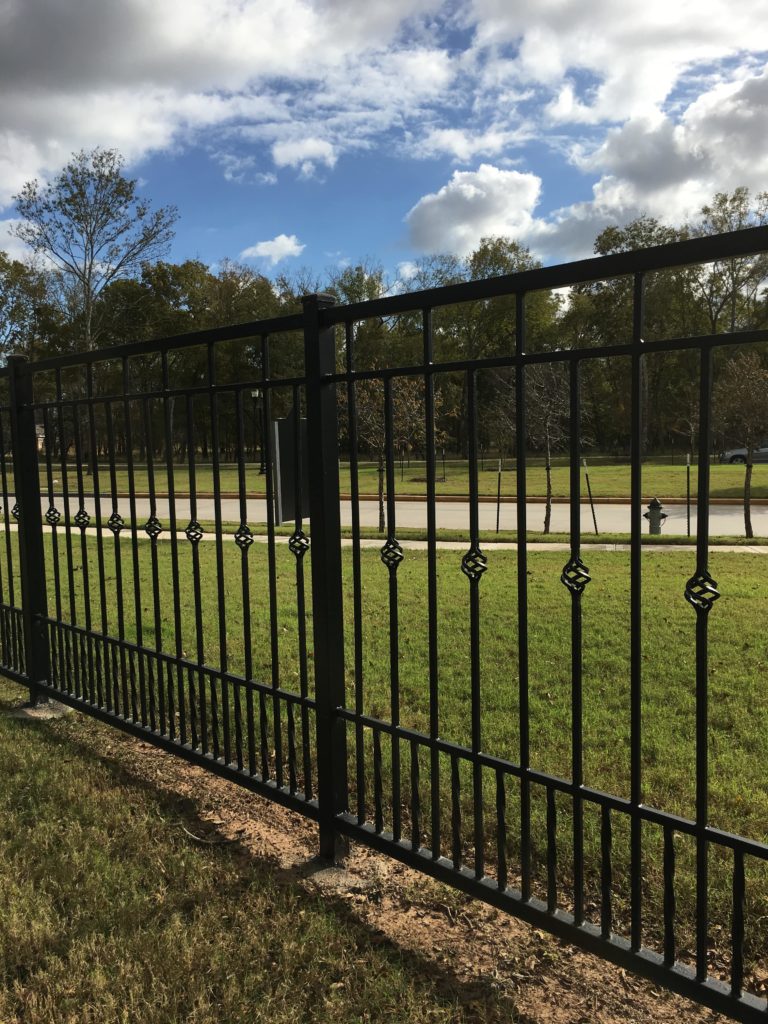
Parts Of A Wrought Iron Fence
A wrought iron fence is typically composed of a number of distinct parts or components, including pickets, posts, rails and accessories. The pickets are iron rods that form the vertical portion of the fence and are usually pointed at the top. Posts are generally square or rectangular in shape and support each end of the rail sections that run horizontally along the length of the fence. The rails can be flat or round in profile and are secured to the posts using specialized mounting hardware such as mounting plates or channellocks. Accessories like finials, caps and brackets can also be used to customize the look of a wrought iron fence. Wrought iron fencing is incredibly durable and long-lasting, making it an ideal choice for many residential areas and commercial applications alike. It is important to properly maintain these fences in order to ensure they will last for many years. This involves regularly painting any exposed metal surfaces with rust-resistant paint, checking for any loose bolts or fittings, and periodically inspecting for signs of wear or damage. With proper maintenance, a beautiful wrought iron fence can provide countless years of aesthetically pleasing protection from unwanted intruders while simultaneously enhancing your home’s curb appeal.
Parts Of A Vinyl Fence
A vinyl fence typically consists of four primary parts: posts, rails, panels, and caps. The posts are usually made from heavy-duty steel or aluminum and are driven into the ground to provide a sturdy foundation for the fence. Posts come in a variety of heights, depending on the height of your fence. Rails are typically made out of vinyl and attach to the posts to provide extra strength and stability to the fence. Panels are what give a vinyl fence its aesthetic appeal. These panels come in various sizes, shapes, colors, and even textures, offering homeowners plenty of choices when they’re looking to customize their outdoor space. Finally, caps go on top of each post to provide an attractive finish while also helping to protect against pests and inclement weather conditions. Vinyl fence caps also come in various sizes and styles so homeowners can match them up with any existing landscape design elements that they may have.
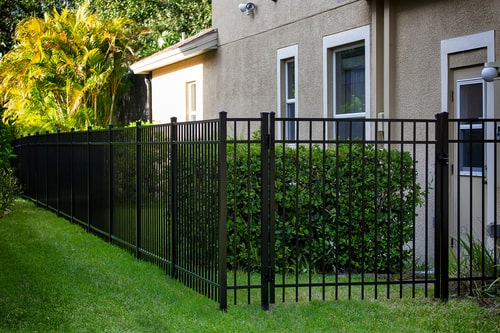
Parts Of An Aluminum Fence
An aluminum fence is composed of several different components that when combined together provide a secure barrier for a residential or commercial property. The most common parts of an aluminum fence include posts, rails, panels, lattices, and gates.
Posts are typically made of galvanized steel and are sunk into the ground to provide stability for the fence. Posts come in various heights and can be round or square depending on the design of the fence. Posts are held together with screws or nails and connected to each other by either being welded or riveted together.
Rails are metal rods that run horizontally between each post to create a frame of support for panels, lattices, or gates. Rails also add strength and durability to the overall design of the fence. Rails come in various sizes and shapes as well as different colors such as black, white, green, bronze, etc.. Depending on the style you choose from traditional-style pickets to modern metal designs, rails can be flat or ornate in design.
Panels are metal sheets that interlock with one another forming the wall of an aluminum fence. Aluminum panels come in a variety of designs such as solid slats or spaced pickets which can be finished with an intricate pattern or left plain for a more simple look. Panels come in both pre-assembled sections ready for installation as well as custom designed pieces created from scratch by experienced fabricators.
Lattices are decorative additions to aluminum fences used to create privacy while allowing beautiful patterns of light through its open structure. Lattices come in various styles such as diamond weave patterned lattice panels connected by single vertical boards which creates a unique visual effect around your home or business. These additional elements create texture and depth offering a unique aesthetic element that adds character to your outdoor space.
Gates are an important component for any type of fencing system because they allow safe access onto your property while keeping unauthorized visitors out – no matter what type of gate you choose whether its single swing gate panel with matching side gate panels or driveway gate surrounded with ornamental pickets they all serve one purpose: security! Gates made from aluminum allow easy access without compromising on strength; they offer high levels of performance over time without requiring maintenance like wood gates do thus saving you time and money in the long run!
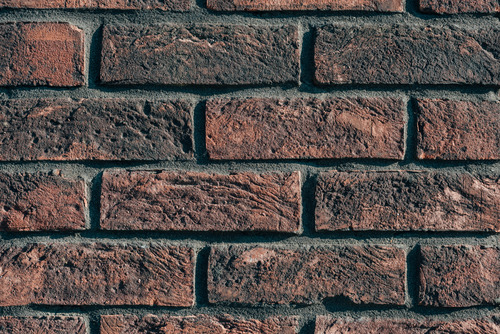
Parts Of A Brick Fence
A brick fence is composed of a few main parts, each of which plays an important role in the overall structure and stability of the fence. The first part is the posts, which provide the vertical support for the structure. Posts come in several different sizes, styles, and materials including wood, metal, and brick. The posts are typically placed at regular intervals along the desired length of the fence.
The second part of a brick fence is the panels or sections that make up the body of the fence. These can be constructed from various materials such as aluminum, steel, stone, concrete block or brick depending on the desired look and purpose of the fence. Each panel typically consists of a number of bricks that are connected with mortar or cement to form a solid structure. Often times decorative features such as arches or pillars are added along with additional bricks for aesthetic purposes.
The third important component of a brick fence is usually some form of capping material used to cover where two panels meet each other at their tops. This capping material serves both structural and aesthetic purposes by helping to keep water out while also giving a finished appearance to your fencing project. The most common forms of capping materials used are either steel caps or an additional row of bricks set on top to match your existing design theme.
Finally there are accessories such as gates or other types of openers which can add both security and convenience features when installed into your fence system. Gates come in various shapes and sizes depending on what type of access point you need for your property’s entrance. Depending upon your specific needs you may also require hinges for your gate as well as latch hardware to secure it shut when not in use. There are many other miscellaneous items available such as planters, lighting fixtures, decorations and more; all intended to give you an even more complete look to your custom-made brick fence installation!
Conclusion
Fences come in all shapes, sizes, and materials. In this blog post, we explored the different parts of common types of fences so that you can be more informed when it comes to selecting one for your home or business. From wood posts to wrought iron fencing, each type of fence has its own set of unique parts. We hope that this information was helpful and informative. Now that you know a thing or two about fences, which type are you leaning towards?

